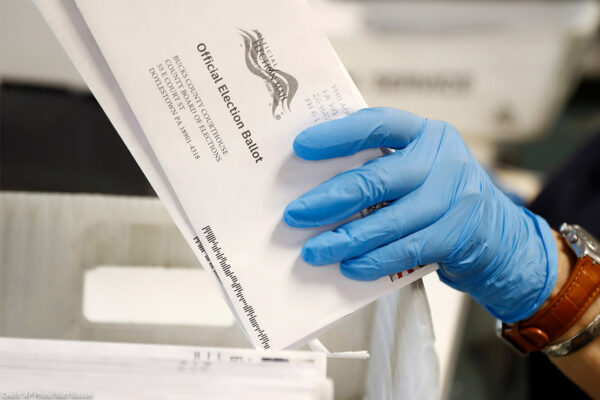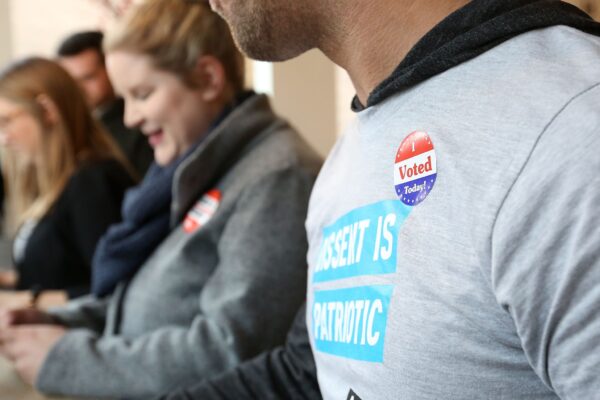Change is made by those who show up. Don’t miss your chance to affect the future of South Dakota!
Voting is the cornerstone of democracy and a fundamental right. It all starts with knowing your rights at the ballot box.
Key dates
- The 2024 General Election: Tuesday, Nov. 5
- Absentee voting for the General Election begins: Friday, Sept. 20
- Voter registration deadline for the General Election: Monday, Oct. 21
Here are a few ways you can be prepared to get your vote in easily, get your vote counted, and make sure your voice is heard in South Dakota:
- Check your voter registration status at least 30 days before the election.
- Locate your polling place and note the hours of operation.
- Find out who and/or what is on your ballot before you go to the polls.
- Consider voting early or absentee if possible. If you plan to vote at the polls, go early in the day to avoid the last-minute rush.
- Make sure your ID is valid and up to date.
- If anyone challenges you about voting, don't get mad - get help or call the Election Protection Hotline at 866-687-8683.
Where to register to vote
- County Auditor’s office
- Driver’s license offices
- Municipal finance office
- Public assistance agencies providing Medicaid, food stamps, TANF, or WIC
- Department of Human Services offices that serve the disabled
- Military recruitment offices
- Secretary of State’s Office
More information
- South Dakota Secretary of State
- sdsos.gov
- 605-773-3537
- [email protected]
- U.S. Department of Justice Civil Rights Division, Voting Section
- 800-253-3931
- If you have problems voting or have additional questions, please call the national, non-partisan Election Protection Hotline:
- English: 866-687-8683
- Spanish: 888-839-8682
- Arabic: 844-925-5287
- Bengali, Cantonese, Hindi, Urdu, Korean, Mandarin, Tagalog, or Vietnamese: 888-274-8683
- For local elections like school board, check with the current sitting board for dates, hours, and polling locations.
Please note, this page is a resource, not legal advice. It is provided for informational purposes only. South Dakota may revise its laws after this page is published online. If you believe your rights have been violated or for more information on your rights as a voter, contact us at aclusd.org or email [email protected].
Related Content
Jul 31, 2018

ACLU South Dakota Holds Volunteer Training
The ACLU is looking for dedicated volunteers to join and advocate for change in local communities. To help prepare volunteers, it is hosting two training sessions July 24.
Jan 30, 2018

Libertarian Party v. Krebs
UPDATE: The U.S. District Court deemed South Dakota’s deadline far too restrictive, and agreed that it infringed on the right to vote and the freedom to associate.
View
Stay Informed
Sign up to be the first to hear about how to take action.
By completing this form, I agree to receive occasional emails per the terms of the ACLU’s privacy statement.
By completing this form, I agree to receive occasional emails per the terms of the ACLU’s privacy statement.


